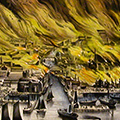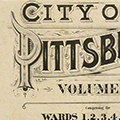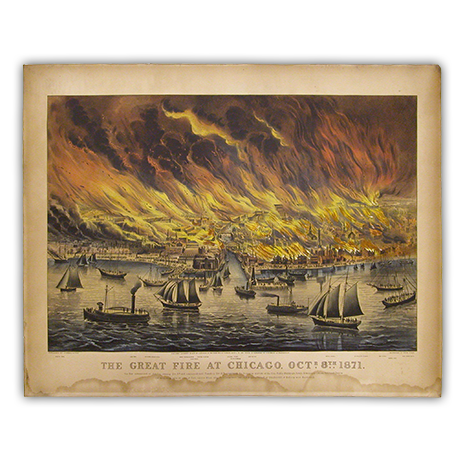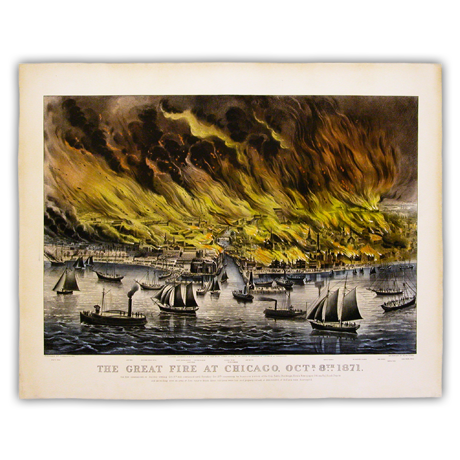About the Work
Depicting the Chicago Fire, this Currier & Ives print demonstrates the damage that improper framing can cause. Discolored from its contact with acidic materials in its previous frame, the print had also encountered liquid damage. To restore the muted color of the print to its former vibrancy, our conservators cleaned it and flushed out its stains.
-
Process
- Dry Cleaned
- Reduced Acid Burns
- Removed Stains
- Washed with Filtered Water

































